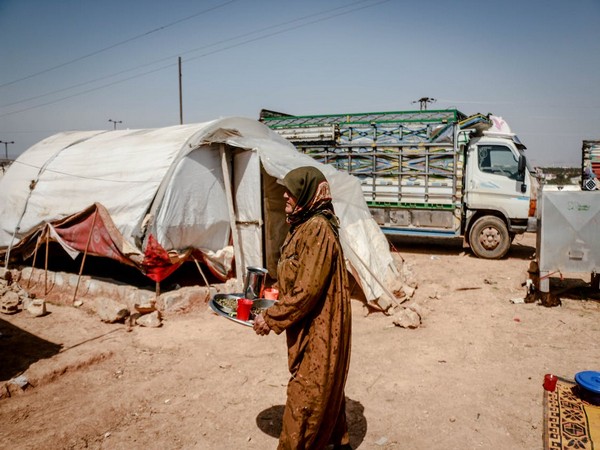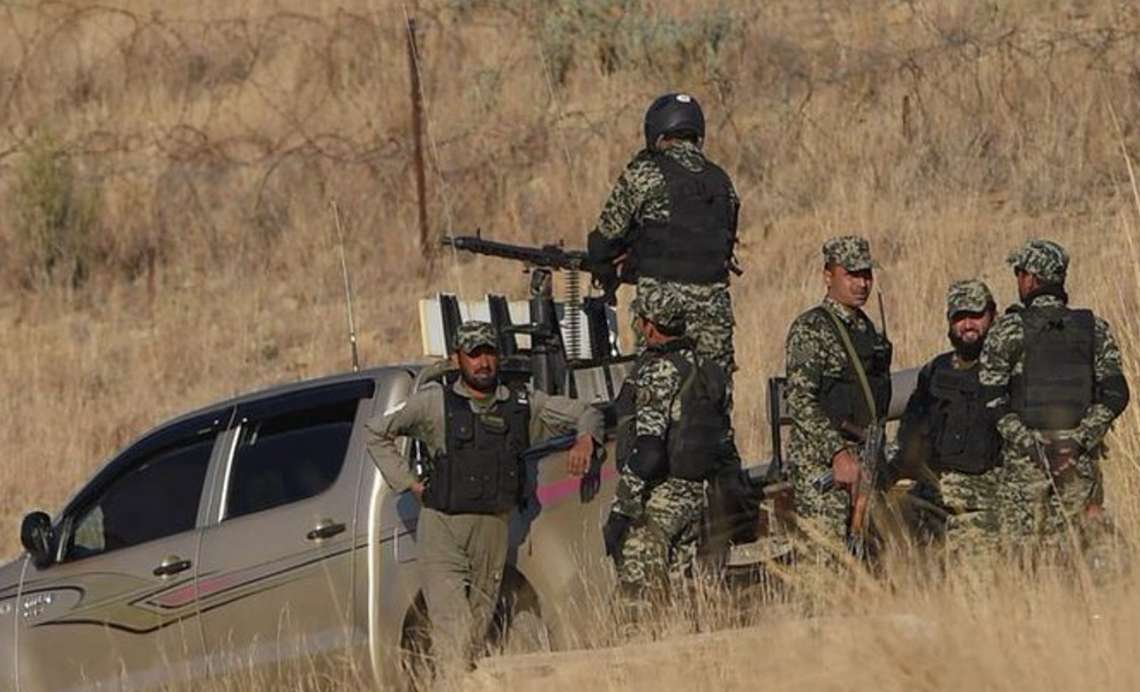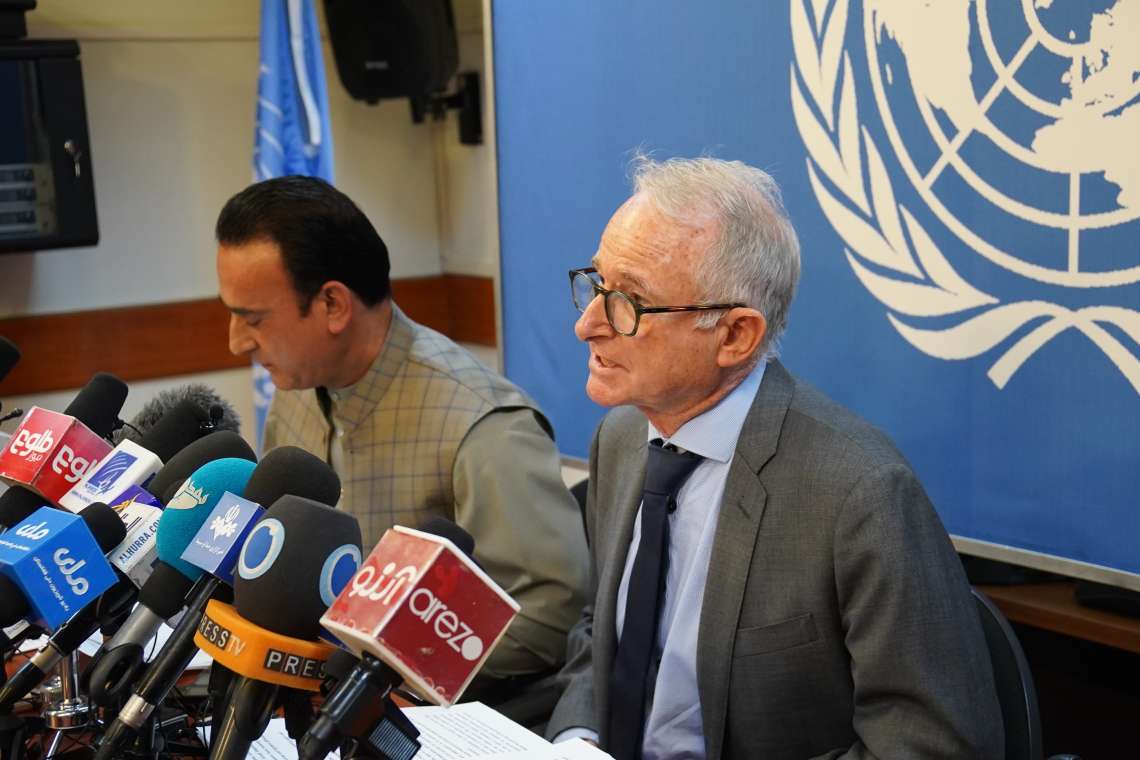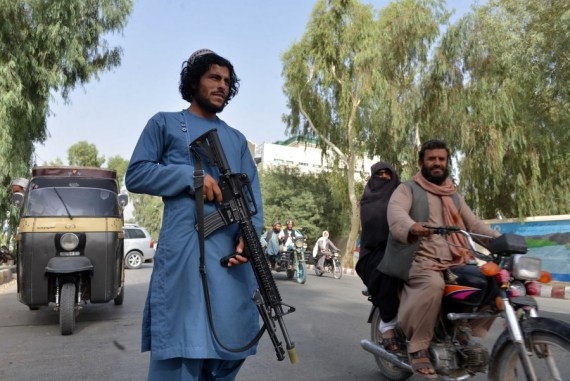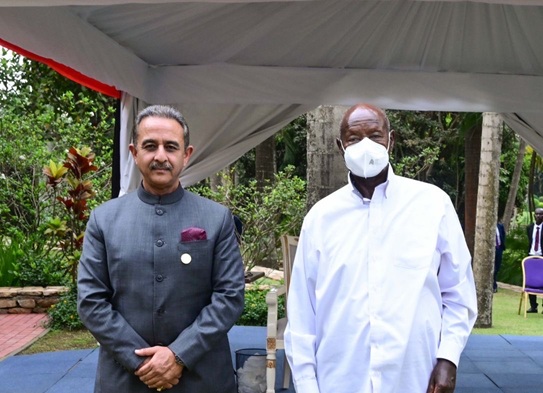The situation has been exacerbated by the effects of last year’s floods, which inflicted destruction and economic losses in the agriculture sector totalling PKR 30 billion….reports Asian Lite News
Acute food insecurity in Pakistan is likely to rise in the next months if the country’s economic and political turmoil intensifies, aggravating the consequences of the 2022 floods, according to a new United Nations report released on Monday, Dawn reported.
The report, titled ‘Hunger Hotspots: FAO-WFP Early Warnings on Severe Food Insecurity’ and jointly produced by the Food and Agriculture Organisation (FAO) and the World Food Programme (WFP), covers the period from June to November 2023. It noted that in the midst of the present global economic slump, rising state debt has aggravated Pakistan’s protracted financial crisis. It stated that the government must repay USD 77.5 billion in external debt between April 2023 and June 2026, a sizable sum given the country’s GDP of USD 350 billion in 2021, according to Dawn, a Pakistan-based English daily.
Further, according to the report, growing political instability and lagging reforms prevent the International Monetary Fund (IMF) from releasing a crucial new loan line and extra support from bilateral partners.
The political crisis and civil unrest are projected to escalate in the run-up to the October 2023 national elections, as instability grows in the country’s northwest. According to the research, a lack of foreign reserves and a declining currency are reducing the country’s capacity to import key food and energy supplies, raising food costs, and prompting nationwide energy cuts.
The situation has been exacerbated by the effects of last year’s floods, which inflicted destruction and economic losses in the agriculture sector totalling PKR 30 billion.
According to the report, over 8.5 million people are anticipated to face severe food insecurity between September and December 2022.
Food insecurity and malnutrition are anticipated to intensify in the forecast period, as economic and political problems reduce households’ purchasing power and ability to purchase food and other vital products, according to the report.
The severe impact of floods, which caused livestock losses and negatively affected food production and availability of food and livelihood possibilities, is likely to worsen the food security situation during the projection period.
It also warns that if the economic and political turmoil in Pakistan — Kabul’s primary trading partner — and the security situation in border areas worsen, Afghanistan’s coal and grain export income may suffer, read the Dawn report.
The report has also called for strengthening national and provincial disaster management agencies’ capacity to include forecast-based finance and risk insurance in disaster management and sectoral contingency plans.
The report recommends enhancing the shock-responsive character of existing social protection mechanisms (such as the Benazir Income Support Programme) to promote effective preventive action and humanitarian response via social protection systems.
The two UN agencies also warn that acute food insecurity is anticipated to worsen in 81 hunger hotspots spanning 22 countries over the forecast period of June to November 2023, according to Dawn.
Afghanistan, Nigeria, Somalia, South Sudan, and Yemen remain the most concerning countries.
Haiti, the Sahel (Burkina Faso and Mali), and Sudan have all been elevated to the highest level of concern. This is owing to significant limitations on people and goods travel in Haiti, as well as in Burkina Faso and Mali, as well as the recent outbreak of conflict in Sudan.
All of the highest-level hotspots have populations that are facing or are expected to face hunger, or are on the verge of deteriorating into catastrophic conditions, due to critical food shortages and severe aggravating factors. These countries deserve immediate attention.
Pakistan, the Central African Republic, Ethiopia, Kenya, Congo, and Syria are all high-risk areas, and the warning was also extended to Myanmar, Dawn reported. (ANI)


